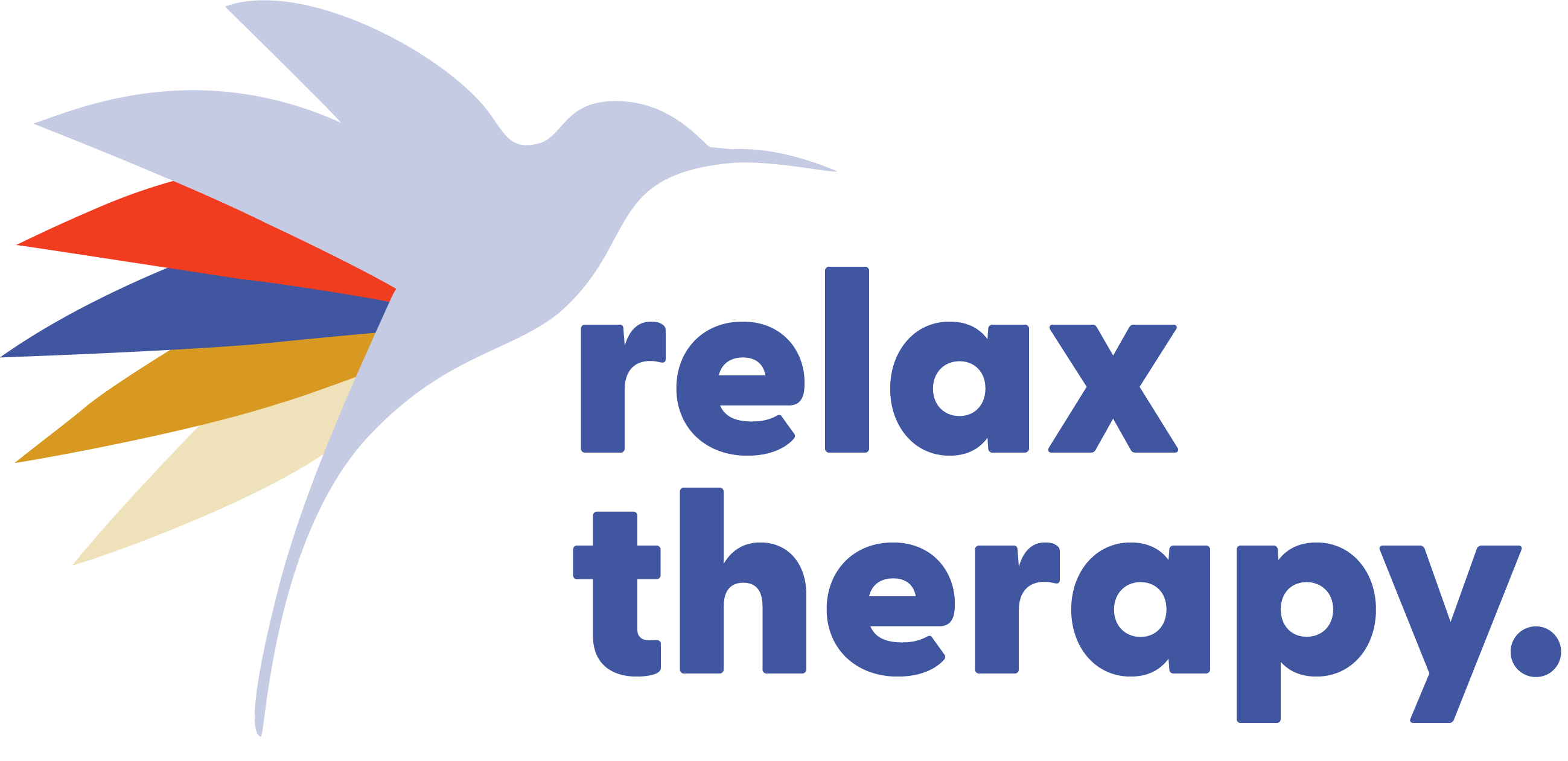
We care more for your pelvic floor.
Pelvic health for women, men, and children…We, (meaning you and me), collaborating on the best progression of exercise, relaxation, and recovery to optimize your strength, health, and wellness.
What is Pelvic Floor Therapy?
Pelvic floor therapy is a form of physical therapy that focuses specifically on your pelvic floor muscles. A physical therapist will assess the pelvic floor muscles and create a personalized treatment plan to reduce symptoms, improve mobility, and strengthen the muscles. Treatment may consist of myofascial release, manual therapy, biofeedback/electrical stimulation, pelvic floor exercises, and more. Pelvic Floor Therapy is an effective way to restore your quality of life and improve your overall health and wellness.
Pelvic Floor Services
Pelvic health for women, men, and children. Our pelvic floor services offer a variety of treatments to improve pelvic health, including physical therapy, biofeedback, and neuromuscular electrical stimulation. We specialize in treating a variety of conditions that cause pain or discomfort in the pelvis, such as pelvic floor dysfunction (PFD), urinary incontinence (UI) and fecal incontinence (FI). Our physical therapists are trained to assess, diagnose and develop a specialized treatment plan that will help you regain control of your pelvic floor muscles.
Physical therapy treatments may include:
- Myofascial Release (external & internal)
- Yoga for Exercise and Therapy
- Neuromuscular Reeducation
- Balance and Gait Training
- Relaxation Techniques
- Extensive Education


External Pelvic Floor Physical Therapy
External pelvic floor therapy can include modalities such as myofascial release, stretching, and massage to target muscles of the lower body and core. This type of treatment may help relieve tightness, restrictions, and pain in the lower back and hip area. External therapies typically involve physical manipulation of external bodily structure to target pelvic floor muscles and tendons.

Internal Pelvic Floor Physical Therapy
Internal pelvic floor physical therapy directly targets the pelvic floor muscles using internal manipulation techniques. Extensive education is provided for self-treatment using dilators, weighted balls, wands, and biofeedback. Internal therapies focus on muscle relaxation and strengthening to help restore proper neuromuscular control of the pelvic floor. This type of treatment is most effective when combined with external therapies.
Types of Pelvic Floor Therapies Available
Pelvic floor therapies are a collection of treatments that help to restore the function and strength of your pelvic floor muscles. The most common type of therapy, also known as Pelvic Floor Physical Therapy (PFPT), involves physical exercises and manual therapy designed to improve coordination and control of these muscles. This can help alleviate or prevent symptoms such as lower back pain (LBP), urinary or fecal incontinence, recurrent pelvic pain, and/or sexual dysfunction. Other types of therapy include biofeedback and electrical stimulation, ultrasound treatment, therapeutic stretches and massage, relaxation techniques, behavioral modification and lifestyle modifications.
Physical therapy for the pelvic floor falls into two categories: External pelvic floor therapy and internal pelvic floor therapy.
Women’s Pelvic Health
Men’s Pelvic Health
Children’s Pelvic Health

Meet your Provider
Sherryl DeVries MSPT
As a trusted Physical Therapist with over 20 years of experience and advanced training in pelvic health for women, men, and children, I bring every facet of my training to help all people pay closer attention to their bodies and alleviate discomfort and support you to full recovery.
“My mission is to provide powerful physical therapy with a holistic approach improving wellness, health and quality of life throughout all stages of your life.”
I am compassionate about helping with pelvic pain associated with:
- Trauma around health and sexuality
- Physical pain in the pelvis and back during and after pregnancy
- Pelvic pain associated with stress
- Pelvic issues associated with menopause
- Alleviating & managing aging of the pelvic floor
